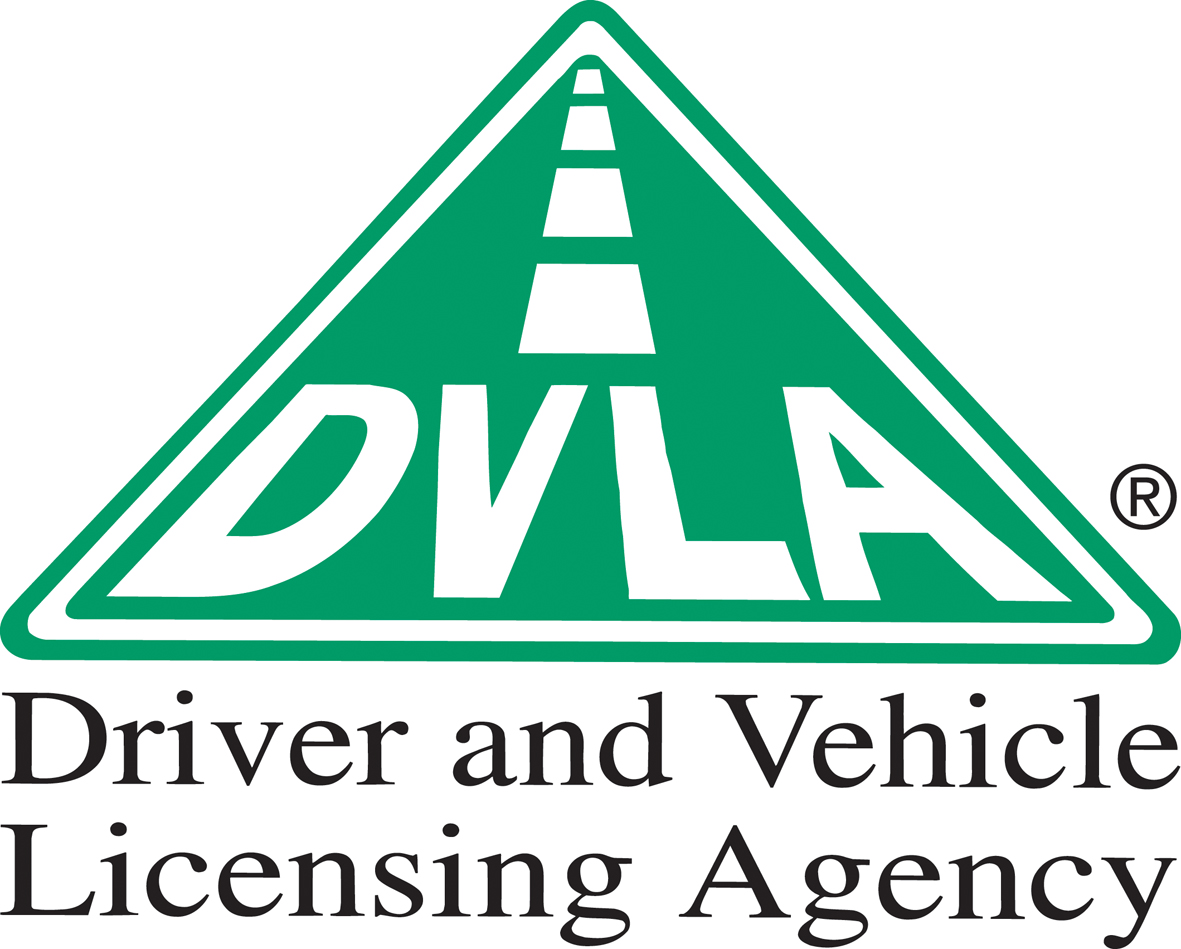

The Driver and Vehicle Licensing Agency (DVLA) is one of the most widely used government agencies in the UK, responsible for maintaining a database of the country’s drivers and vehicles.
With nearly 50 million driver’s records on its books, the system behind the service has to be able to cope with a huge amount of traffic and the DVLA has turned to Amazon Web Services (AWS) to help it cope with this demand.
Speaking at the AWS London Summit at the ExCel Centre, the organisation’s CTO Dave Perry explained how it is currently using AWS and its reasons for adopting the public cloud.
The DVLA currently has multiple systems running on AWS, including a tax calculation engine, a payment service, car hiring systems and its Fitness To Drive platform, where drivers can inform the agency of medical conditions.
Perry explained that this shift will enable the DVLA to move away from legacy systems, something which businesses in all manner of industries are trying to do.
“Three quarters of what we spend our money on is just keeping the lights on,” he said. “We want to invest in new, innovative services and we won’t be able to do that so we’ve got to change the balance between how much it costs to keep the lights on and how much we can spend on change.
“In order to do that we need to change our legacy systems to a modern approach and that’s quite challenging. We’ve got 48 million driver’s records, that’s 9 out of every 10 people in the UK over the age of 16.
“We’ve also got 41 million vehicles that we have to license across the UK and 33 million people renew their vehicle tax online. So we still have to manage those systems while we’re changing them.”
The DVLA is hoping that this process will help it to reduce the cost of running IT by 40 percent over the next three years, an area of interest for virtually all government agencies in the UK at the moment.
And then, of course, there are the agility benefits that cloud offers, enabling the DVLA to move at a quicker pace and innovate at speed.
“The biggest opportunity for us is our cloud-first strategy and AWS is our destination of choice for that,” Perry said. “It gives us the opportunity to be able to deliver really quickly.”
It’s already working on rolling out digital drivers licenses on smartphones in 2018 and the DVLA will be hoping this cloud focus enables the creation of more innovations in the future,
What do you know about tech in transport? Take our quiz!
American space agency prepares for testing of Boeing's Starliner, to ensure it has two space…
As UK and Europe develop closer military ties, European Commission says it will invest €1.3…
Zuckerberg seeks to revive Facebook's original spirit, as Meta launches Facebook Friends tab, so users…
Notable development for Meta, after appeal against 2021 WhatsApp privacy fine is backed by advisor…
First sign of shake-up under new CEO Lip-Bu Tan? Three Intel board members confirm they…
Trump's nominee for SEC Chairman, Paul Atkins, has pledged a “rational, coherent, and principled approach”…
View Comments
Moving to the cloud to reduce costs is the right strategy, but the DVLA must consider the implications of such a major change on its people and workflows.
According to McKinsey, 70% of large-scale IT transformation projects like this fail because they do not implement business change alongside the IT change. Or to put it another way, if you are going to drastically change the way people work, you need their support. You must get them on-side from the beginning so they can shape the change for the better, otherwise you risk the alienation of staff and a new system which no one wants or uses.
The DVLA has the right strategy, but it must have a robust change management strategy to ensure its success.